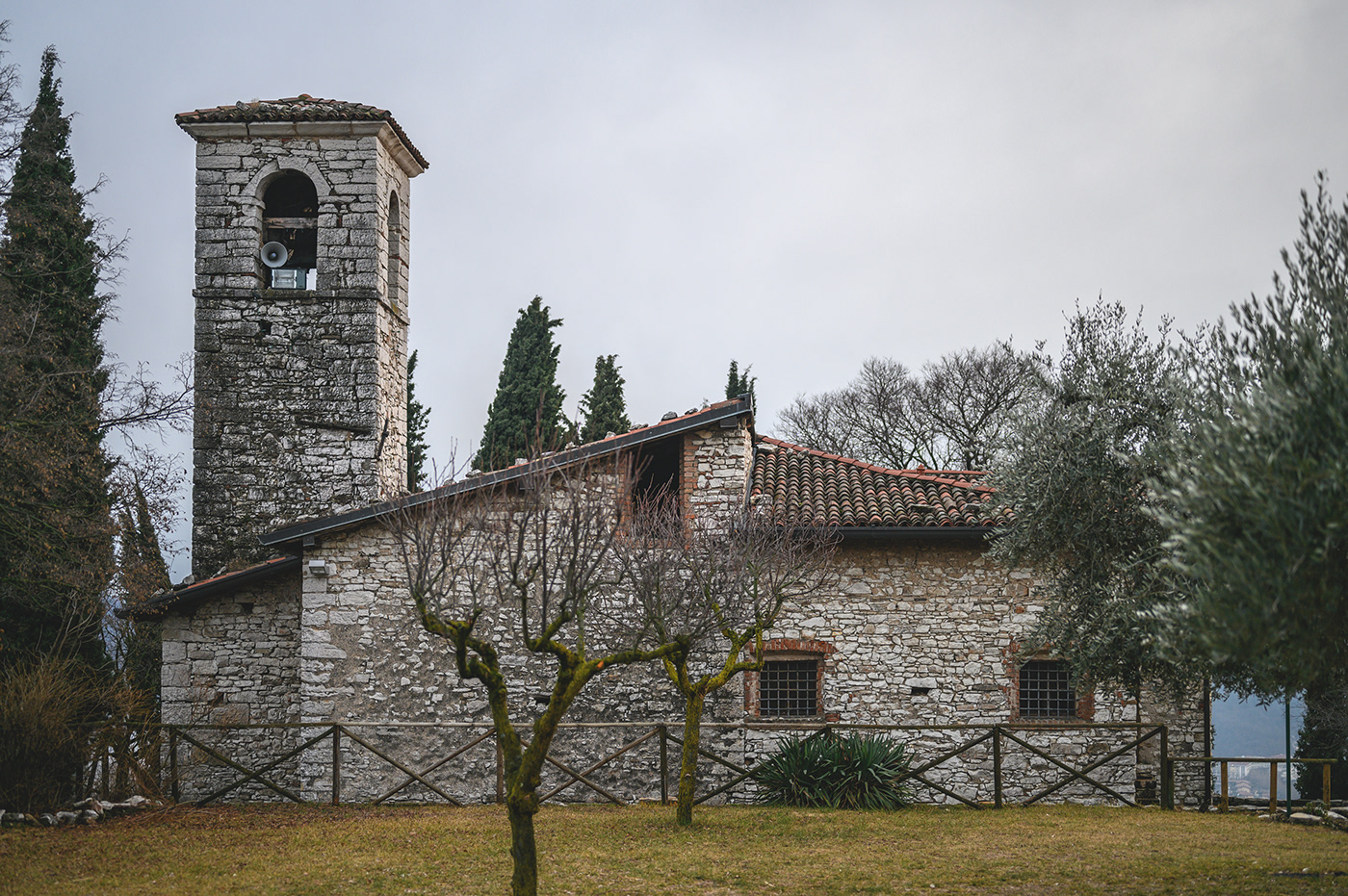
Winter at Lago d’Iseo
A drive around Lombardy’s fourth-largest lake-style
Lombary, Italy—October 2019
Between the villas of Lago di Como and Lago di Garda sits Lombardy’s fourth-largest lake—Lago d’Iseo. Lesser-known outside the local area and with far fewer tourists, the lake offers the similarly stunning views and clear blue waters as its larger neighbours, but quietly and unpretentiously.
A number of medieval towns sit on its banks, with regular ferry services connecting Italy’s largest lake island, Monte Isola, and the islets of Loreto and San Paolo. In 2016, an installation called The Floating Piers—a floating walkway by artists Christo and Jeanne-Claude—connected the village of Sulzano on the western shore to Monte Isola and San Paolo for 16 days, attracting more than a million visitors.
In 2018, the northern area of the lake become part of the Valle Camonica - Alto Sebino UNESCO World Biosphere Reserve.
A road runs the circumference of the lake, alternating between the shoreline and tunnels bored through solid rock—I had the opportunity to drive it and explore the surrounding hills and villages during winter 2019.
On the western shore of Lago d’Iseo sits a concrete factory, the buildings visually lifted and softened by their blocks of pastel colours.




Italsacci concrete factory on the shores of Lago d’Iseo
A few kilometres into the hills southeast of Lago d’Iseo, a few autumn leaves remain, their fiery colours warming up the cold winter light.




Hills surrounding Lago d'Iseo
Near the village of Ome is a small medieval Catholic church named Chiesa di San Michele. Dating back to the 11th century, the chapel was built during the 15th and 16th centuries, incorporating the original structure and preserving several frescoes and charcoal drawings from the era. During the 17th and 18th centuries, the bell tower, altar, sacristy and custodian’s house were added. Curiously, the church is situated at a location where the strength of the earth’s magnetic field is anomalously strong—around double the average value for its latitude.
The grounds, lined with olive trees, are open to the public and the surrounding area has several picnic tables, inviting visitors to enjoy a meal on warmer days with panoramic views of the Nas and Fus valleys.







Grounds of Chiesa di San Michele
Ome, a medieval village of about 3,000 people, sits among hills and vineyards of Franciacorta and is known for its natural iron-rich hot springs and botanical garden. The eponymous sparkling wine from the region is closer to Champagne than Prosecco, made using a similar process and from the same types of grapes, but riper and fuller due to the warmer climate and longer growing season.
Around the village are a mix of rustic farmhouses with courtyards, flats and single family homes. Many have curious dogs keeping watch over their properties, only the odd bark and the chirping of birds breaking the early morning silence.




Early morning in the village of Ome
Returning to Lago d’Iseo, the waters appeared steely blue under the cloudy winter skies but, later on at sunset, the sun peeked through just as the mist was rolling in, giving the lake an ethereal golden glow before fading into darkness.


Lago d'Iseo
Footnote
Writing, photography and post-production by George Vasilopoulos

